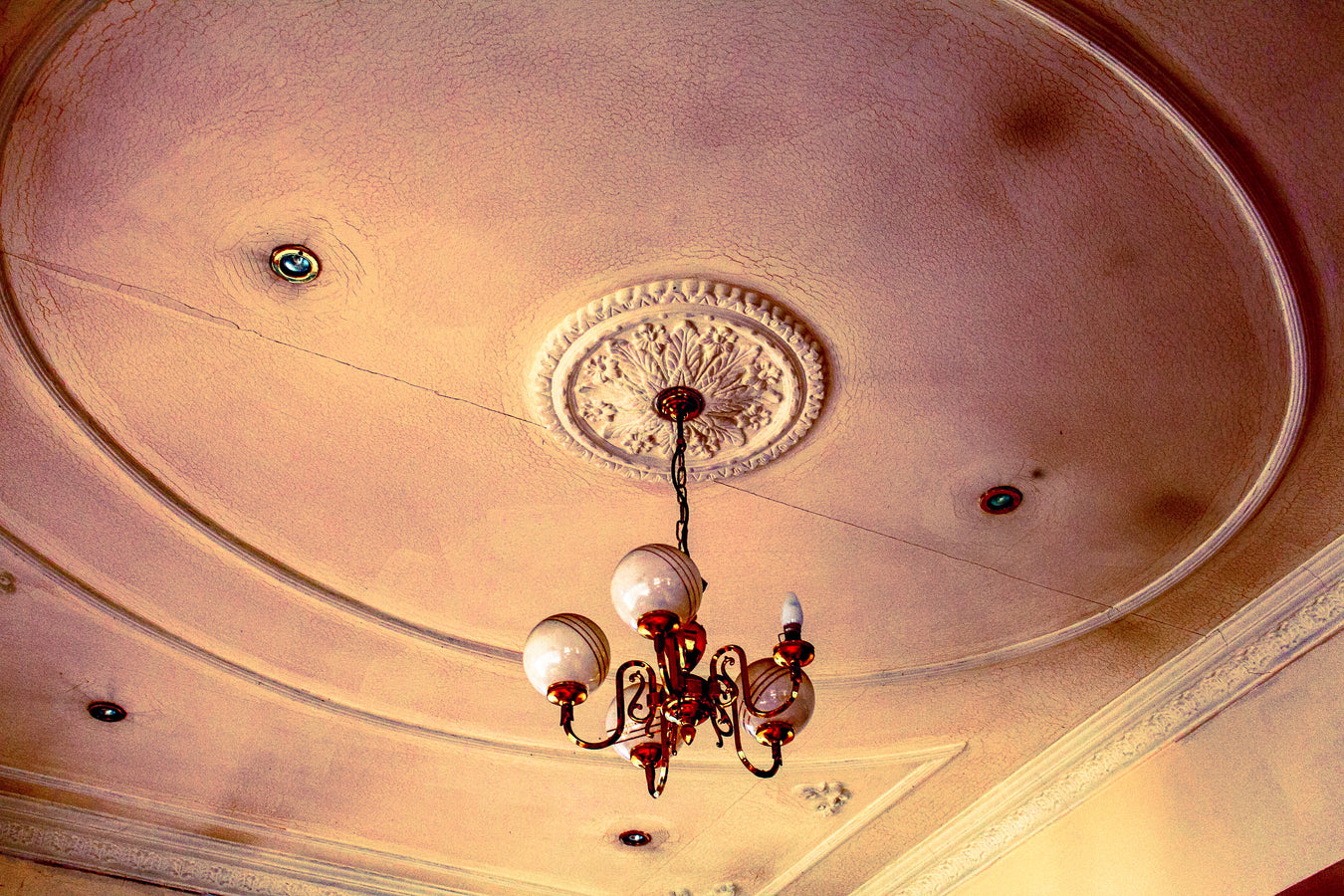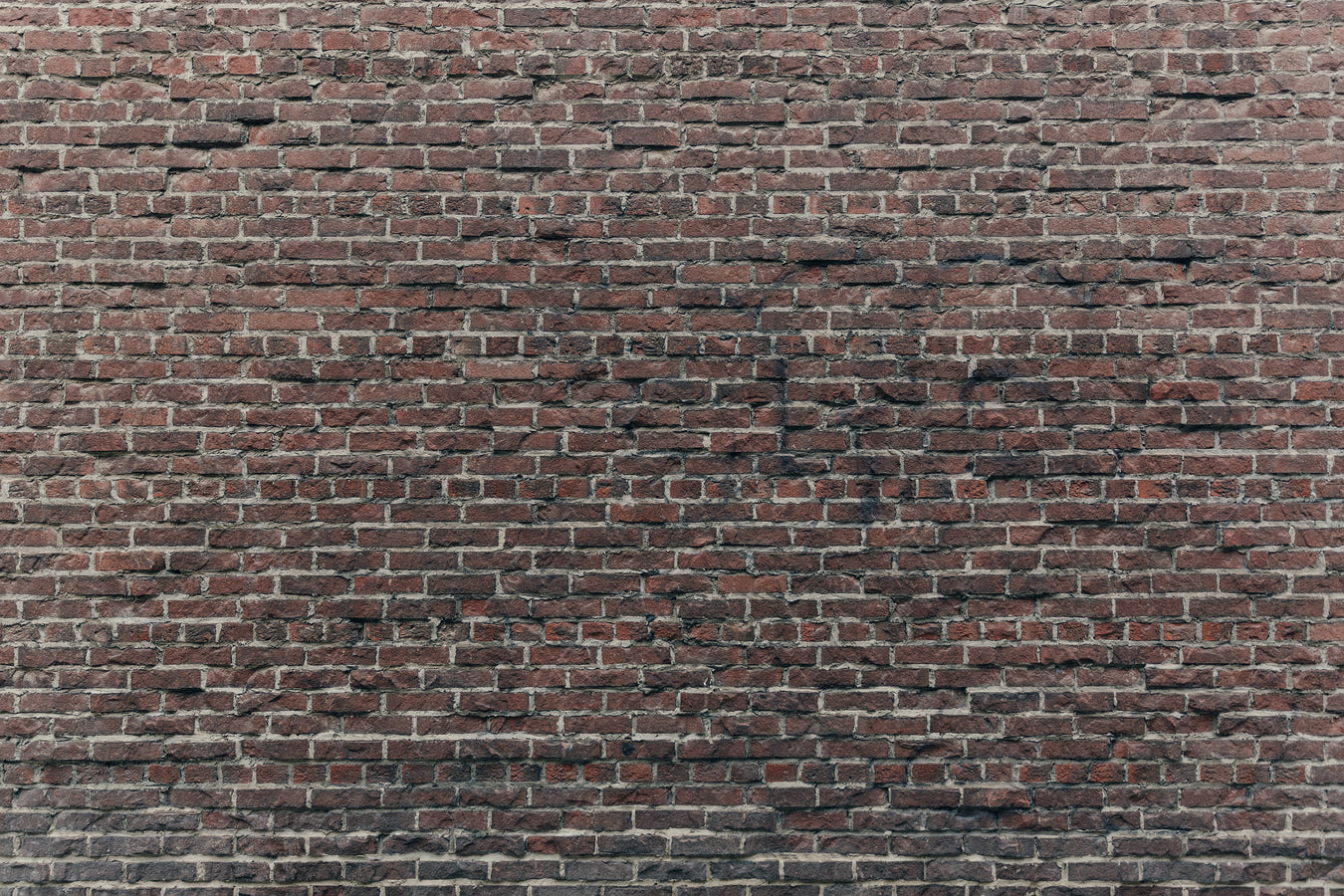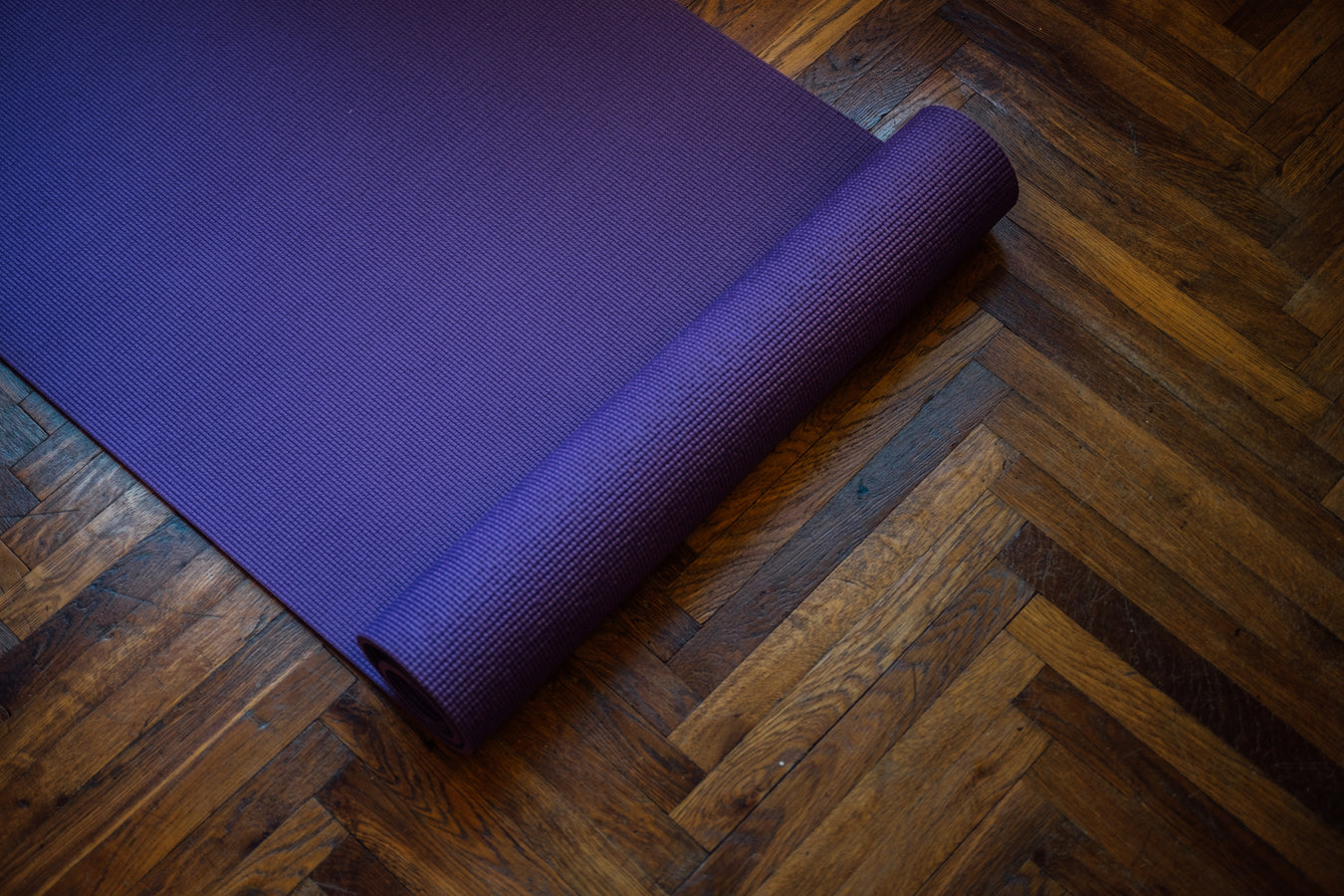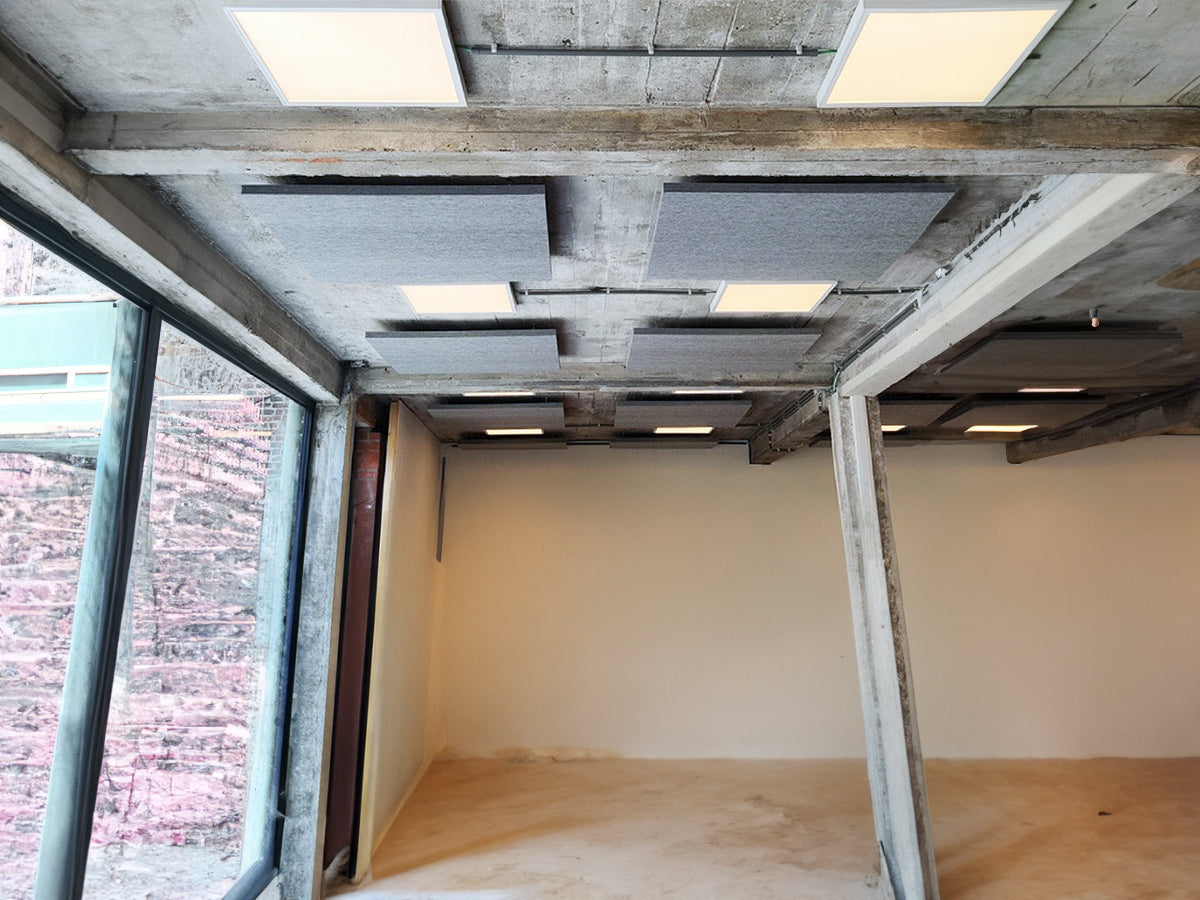
Our Ceiling Soundproofing Solutions
Ceiling soundproofing is often your only option when living below noisy neighbours. Check out our 4 solutions.
Struggling with noise from upstairs? Whether it’s heavy footsteps, loud conversations, or other disruptive sounds, soundproofing your ceiling can make a world of difference. In this guide, we’ll explore the best methods to effectively reduce noise from above, helping you create a more peaceful and private environment below. From simple fixes to advanced solutions, we’ve got you covered with everything you need to know to make your ceiling a strong line of defense against unwanted noise. Let’s dive into the process and quiet things down!
Soundproofing a ceiling can indeed be more challenging than soundproofing floors and walls, but done right it can be a straight forward process; even one that a competent DIYer can tackle on their own.
But first it is vital to establish what the aim of the soundproofing is to be:
1. Prevent sound generated in the room above coming up through the ceiling
2. Prevent the impact noise from people walking on the floor above passing down to the room below
Firstly it is important to understand the different types of noise: airborne and impact. You can get a full explanation on our Science of Soundproofing page, but in summary:
Airborne Noise: This is the sound that you hear in a house which is generated by things like a television, talking, music, and even computer gaming.
Impact Noise: This is the sound generated by impact energy causing a surface, typically a ceiling, but also walls and floors, to vibrate. This kind of sound tends to be much lower frequency and hence tougher to eliminate.
The key with the airborne is to put mass and density in the way of the noise, and with the impact to introduce materials that will dampen this. Below we look at examples of the types of products and solutions you might be able to use.
Your initial considerations must be the following:
Below we discuss the options you have, and how the above considerations will impact your choice of solution.
Of course, the most effective solution is to soundproof the floor above - this is especially the case with impact noise, where soundproofing under the actual floor can make the biggest difference. However, this is not always possible, especially if the floor above is a different property, but it is always worth a discussion with your neighbour to see if it is an option - often they like the idea of not having to worry about making too much noise any more!
You can discover the full range of floor soundproofing options in our floor soundproofing guide.
Even if soundproofing the floor above is an option, the ceiling soundproofing solutions below will give even more peace and quiet.
Short of replacing the whole ceiling (see Independent Ceiling below), a clip system, like our GenieClip product line, offers the best improvement in terms of impact noise and airborne noise. Whilst you can remove the existing ceiling as part of this solution, we usually recommend not doing so - it reduces mess, and the existing plaster ceiling will actually provide additional airborne noise insulation.
The clips attach to the joists, and then a new ceiling is attached to the clips - this new ceiling is then isolated from the floor above by the resilience in the clips. Depending on the type of clip you use, this will mean a loss of ceiling height of between 30mm and 70mm. The system can be fitted by a competent DIYer, or by a qualified fitter.
Hanger systems are similar to clip systems, but are simpler in construction. The result is a cheaper overall system, at the cost of slightly more ceiling height loss (around 90mm) and not quite as good acoustic performance.
Like clips, the existing ceiling can be left in place, and the system can be installed by a competent DIYer. We recommend a range of hangers from Thermal Economics, which we know through practical experience are excellent. They are also a Regulation E compliant solution, which is helpful if your improvements need to meet building regulations.
If you are looking for the thinnest possible solution, so that you lose the least amount of ceiling height, then resilient bars are what you need. Whilst their performance is not as good as clip systems or hanger systems, and you will need to remove the existing ceiling, they can be installed with a loss of just 35mm of ceiling height.
The ultimate solution is to completely replace the current ceiling with a brand new soundproof one, that is isolated (hence "independent") from the floor above. By using a combination of acoustic mineral wool, soundproof plasterboard and resilient bars, significant soundproofing can be achieved. Of course, this requires a bit more work to be done on the room, and often can result in a loss of as much as 225mm of ceiling height. This type of work is usually done by a professional fitter.
Whilst acoustic panels are not soundproofing, they can make a massive difference to the sound within a room. This is especially the case in rooms with high ceilings, or with minimalist decor - sound echos around the room making it hard to have conversations, or making noises at one end of the room appear at the other! Acoustic panels are products that are made of carefully engineered materials that scatter any sound that hits them, killing echo's.
Our EchoPro Ceiling product for example performs excellently in homes, offices, schools and hospitals, with clean, stylish lines, and excellent absorption. Also, our EchoPro Photo panels can display stunning artwork, whilst removing large amounts of reverberation in the room.
When looking at soundproofing a ceiling, you have a lot of options. Our ceiling soundproofing page aims to walk you through these, and help you select the best option. But we are always happy to speak to you if you need further help, or just want to chat through the possibilities.

From cost effective slim-line stick on soundproofing to high performance independent stud wall solutions.

Are you trying to stop noise from below reaching you, or eradicate your noise passing down to your neighbours?

Jump straight into our sound absorption solutions designed and used in both public spaces and private homes.